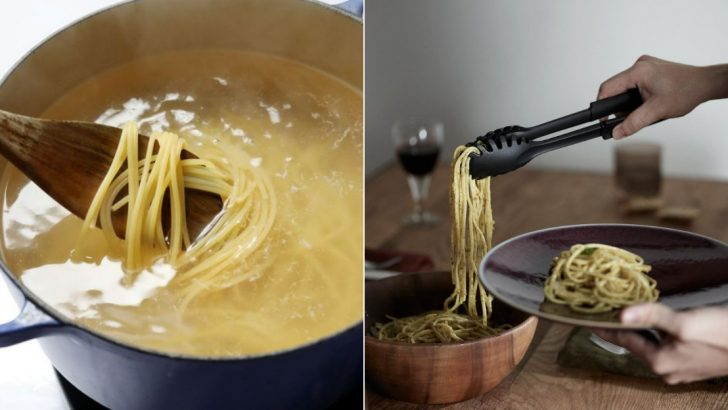There’s nothing quite like a steamy bowl of pasta done right. I’ve scorched it, undercooked it, drowned it in sauce—basically made every mistake in the book.
But over time, and through a lot of delicious trial and error, I picked up some tips that really make the difference.
If you love pasta but want to ditch the sticky, bland, or over-sauced struggles, these simple tricks will transform your next pot of noodles.
1. Salt The Water Generously
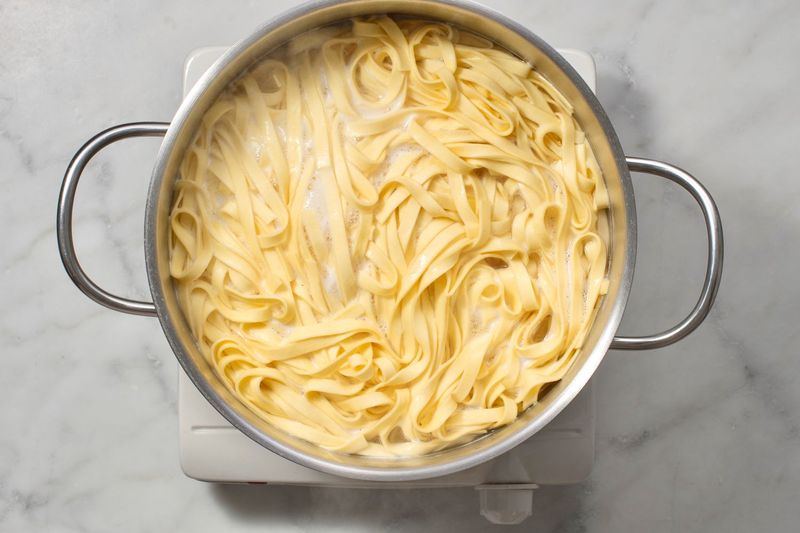
The first time I tasted pasta boiled in properly salted water, it was like discovering color television after a life of black and white. It brings the flavor into the noodle itself, not just the sauce.
You want it salty like the sea—don’t be shy. It’s your first chance to season.
2. Use Plenty Of Water In A Big Pot

Crowding pasta is like stuffing dancers onto a tiny stage—someone’s going to trip. A big pot with lots of water gives the noodles space to move, cook evenly, and avoid clumping.
It also helps maintain a rolling boil, which is key for perfect texture.
3. Stir During The First Few Minutes

Pasta’s clingy when it’s first dropped into boiling water. Stirring early on stops the strands or shapes from fusing into a gummy lump.
Just a few swirls with a wooden spoon in those initial moments saves you a lot of trouble down the line.
4. Don’t Add Oil To The Water
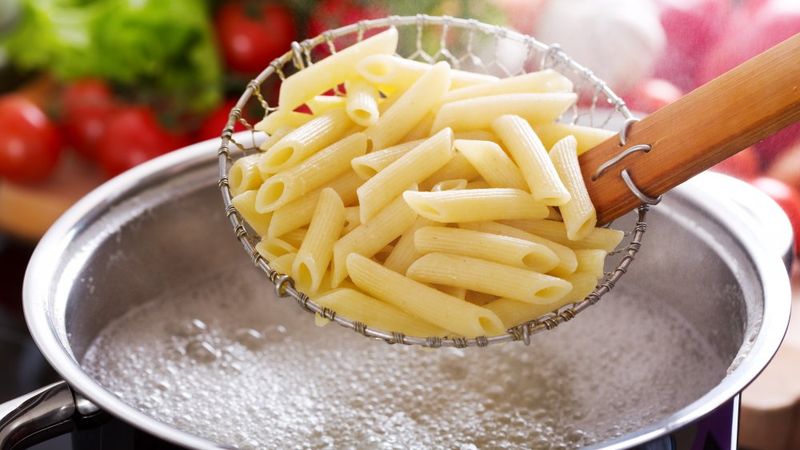
Your aunt might swear by a drizzle of olive oil in the pot, but it’s one of those passed-down myths.
Oil floats and doesn’t keep pasta from sticking, it just makes it slippery later, when you want sauce to actually cling. Skip it.
5. Follow The Package Time—Then Taste

The back of the box isn’t lying, but it’s more of a guideline than gospel. Set a timer, but trust your teeth too.
Pasta should be tender with a little bite—al dente, as the Italians say—never limp, never raw in the middle.
6. Save Some Pasta Water Before Draining
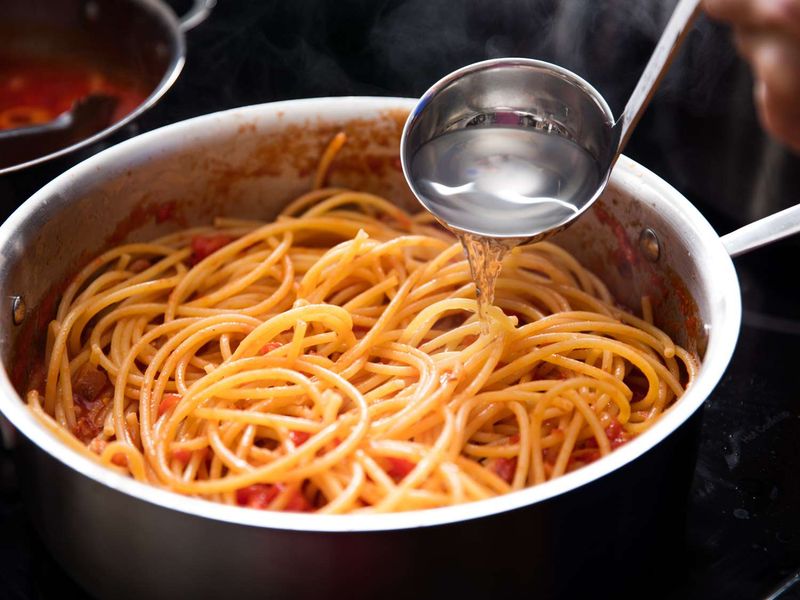
That starchy, cloudy liquid? Liquid gold. Just a ladleful can emulsify sauces, loosen stubborn textures, and help everything coat like a dream.
I keep a measuring cup nearby just to scoop it out before draining—it’s the unsung hero of many pasta nights.
7. Finish Cooking Pasta In The Sauce
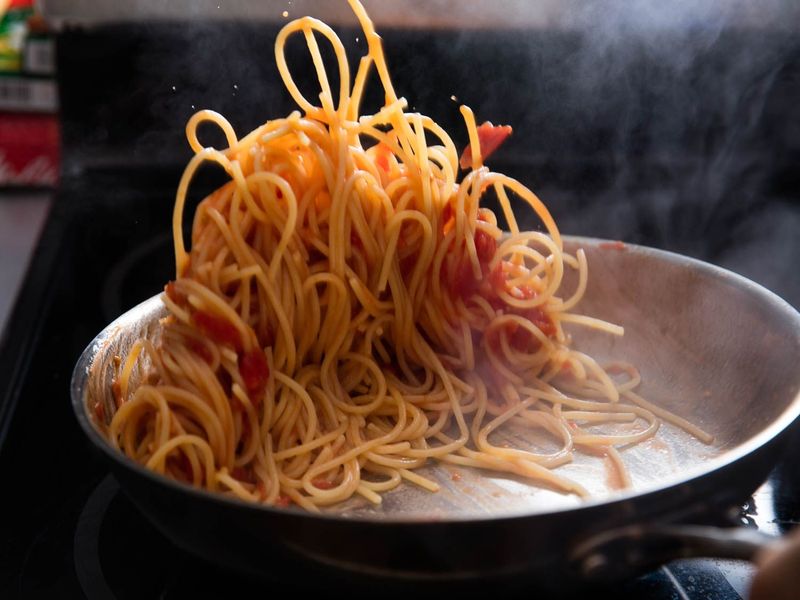
Drained too soon and dumped into a cold bowl, pasta feels abandoned. Instead, let it bathe in the sauce for the last minute or two on the stove.
It drinks up the flavor and brings the whole dish together, like music syncing with dance.
8. Don’t Rinse After Draining
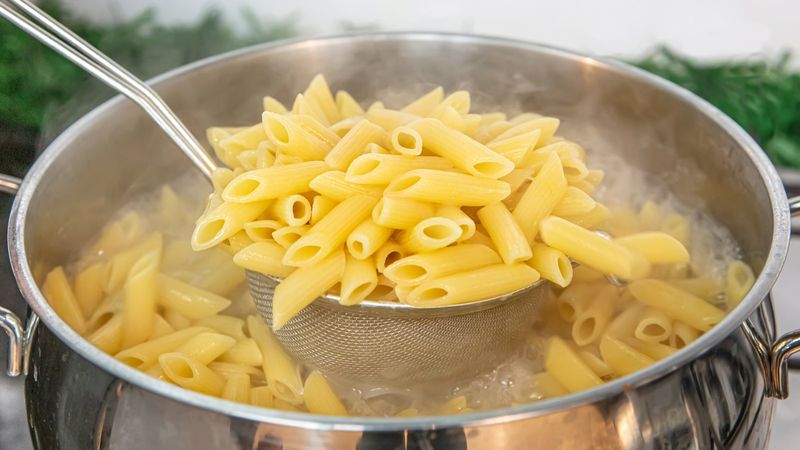
Unless you’re making a pasta salad, step away from the faucet. Rinsing washes off the starch that helps sauces stick.
Keep that warm, slightly tacky surface—it’s the glue between your noodles and everything you lovingly simmered or sautéed.
9. Use Fresh Pasta For A Faster Meal
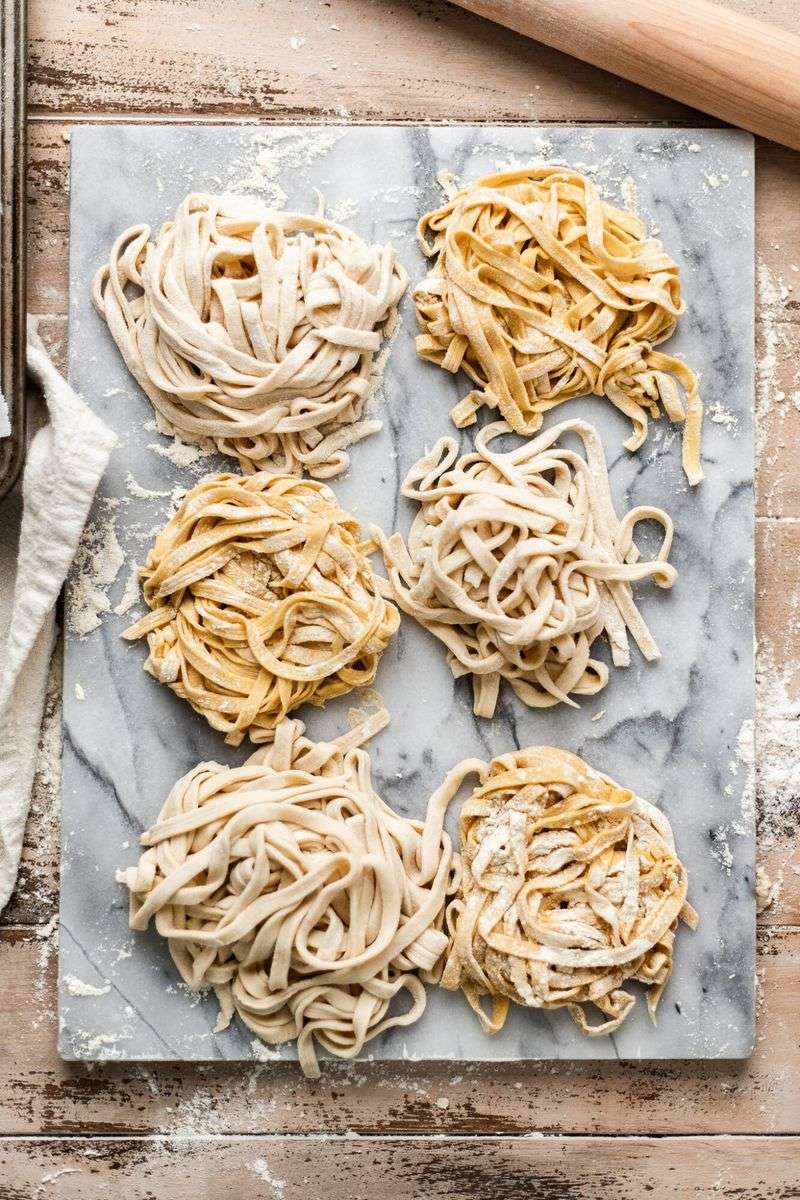
If time’s tight and you want something a little luxurious, fresh pasta is your answer. It cooks in just a couple of minutes and has a silky, delicate bite.
Toss it with browned butter, herbs, or a cream sauce, and dinner feels suddenly fancy.
10. Pair The Right Pasta Shape With The Right Sauce
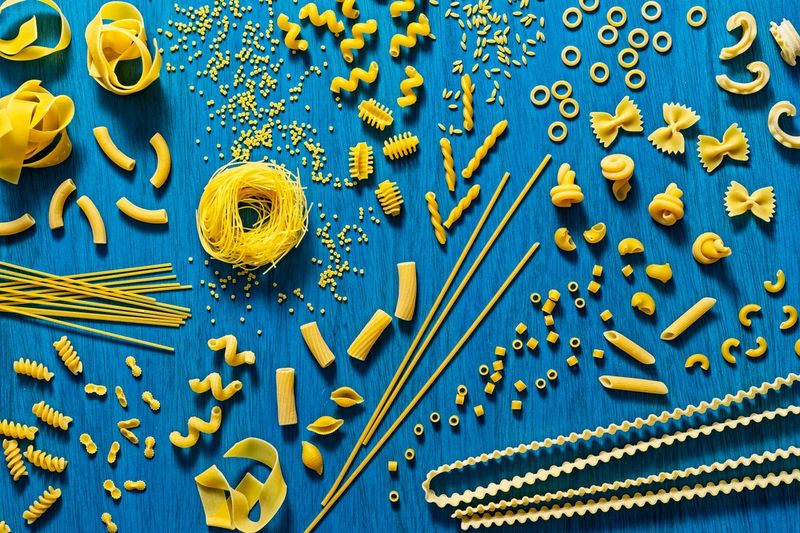
Pasta isn’t just shaped for fun—it’s engineered for sauce. Ridges catch chunky ragù, tubes trap melted cheese, and thin noodles glide under silky olive oil.
Choosing the right match turns a good dish into something exceptional.
11. Keep Pasta Loosely Covered If You’re Holding It
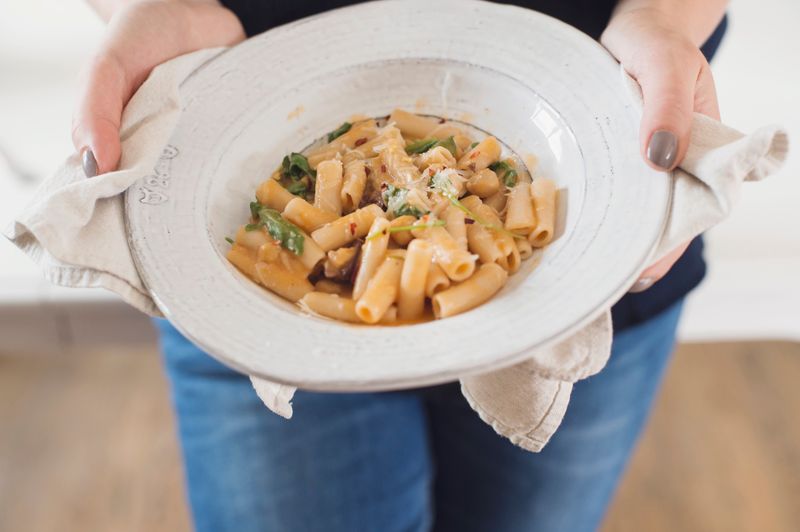
Sometimes you finish the pasta before the sauce. If you need to hold it for a few minutes, cover the pot loosely with a lid or foil to keep it warm without steaming it into mush.
A drizzle of olive oil helps prevent sticking.
12. Add Cheese After Turning Off The Heat
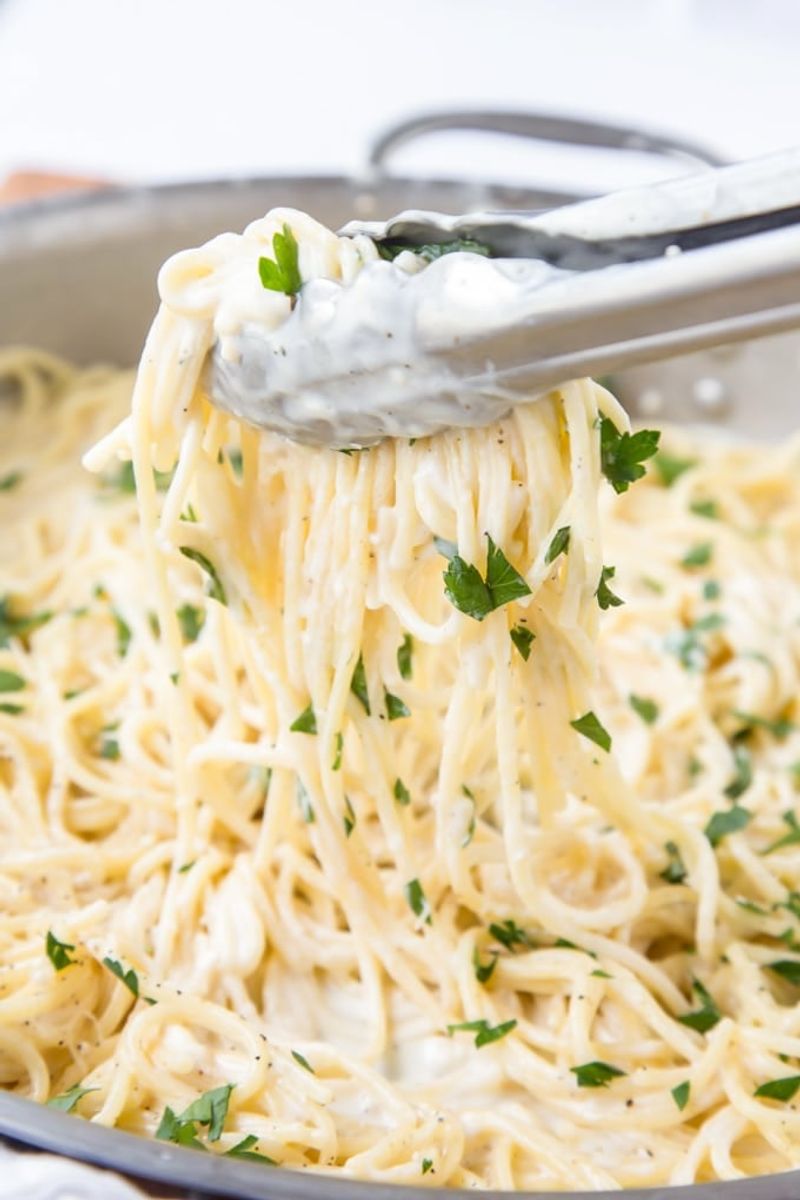
High heat turns cheese into a stringy mess or gritty puddle. Once your sauce is ready, kill the flame before sprinkling in the Parmesan or Romano.
It melts gently, blends smoothly, and keeps that creamy, rich texture intact.
13. Always Taste Before Serving
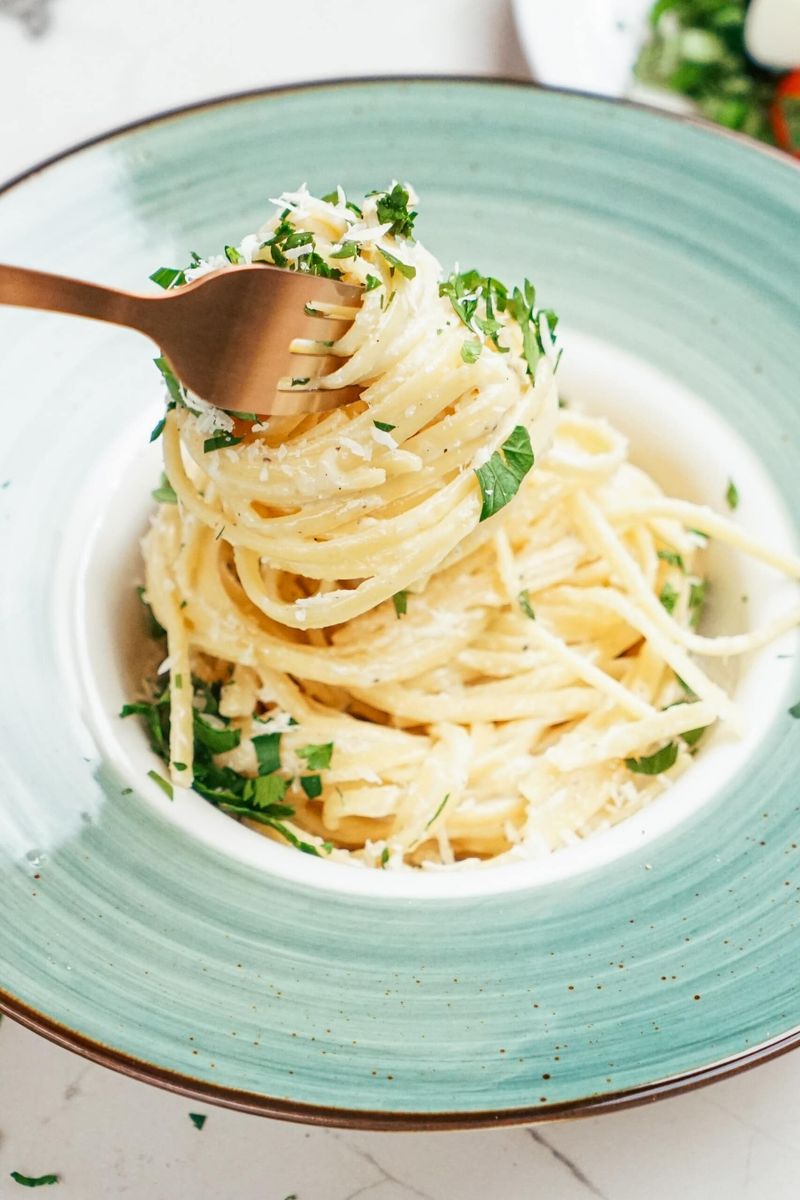
Just like a dress rehearsal, the final taste check reveals everything. Does it need more salt? A splash of lemon? A crack of pepper?
Trust your tongue—it’s the difference between “okay” and “wow.”
14. Use Tongs Instead Of A Strainer

Scooping pasta directly into sauce with tongs means no draining time, no lost noodles, and no pasta drying out in a colander.
It also helps bring along a bit of pasta water, which works wonders for marrying flavors.
15. Reheat Gently With A Splash Of Water
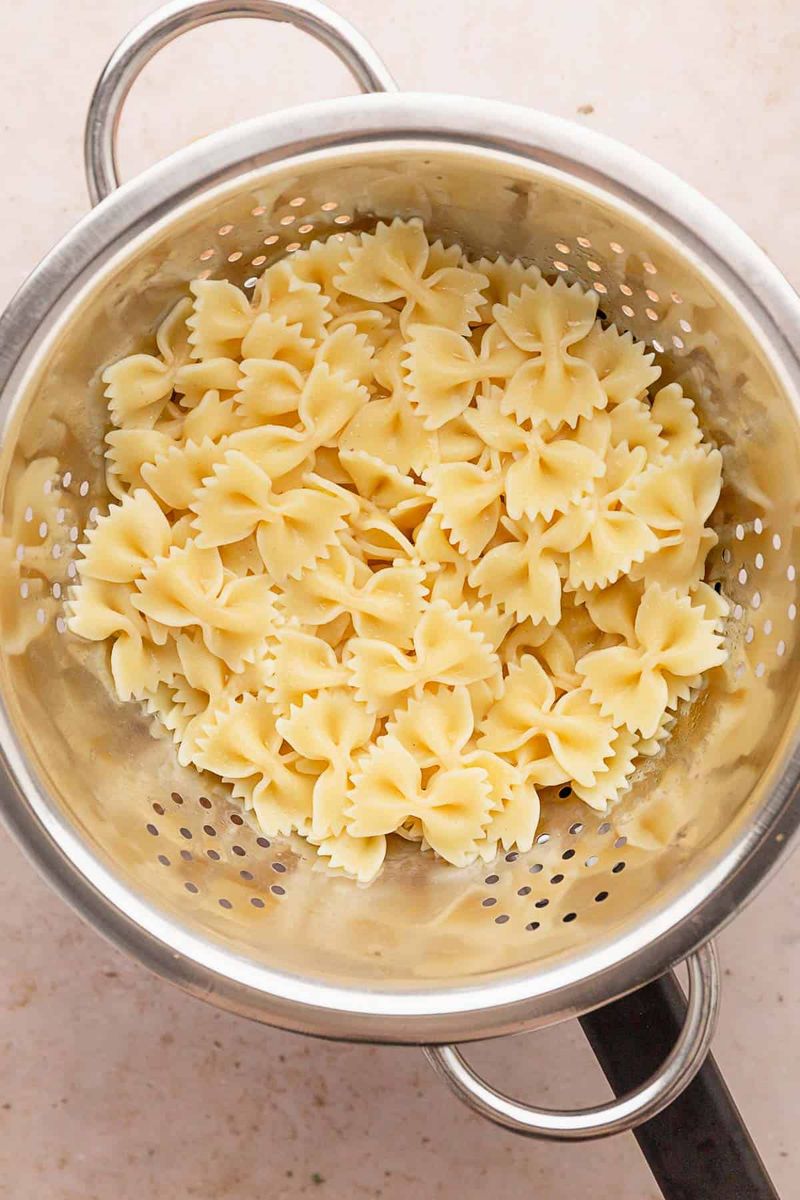
Leftover pasta can be revived if you treat it kindly. Heat it low and slow in a skillet with a splash of water or broth.
That extra moisture breathes life back into it, softening without turning it to mush.

